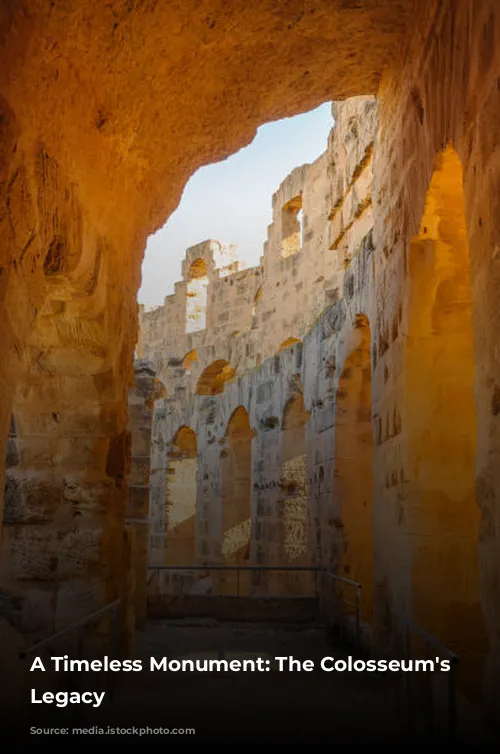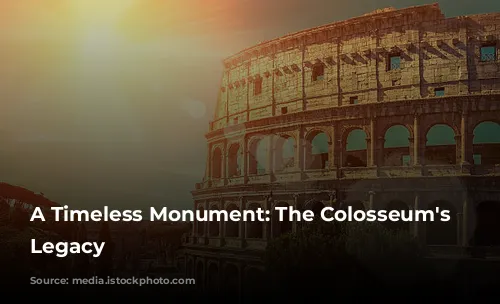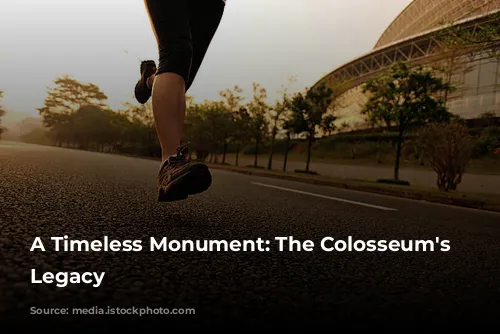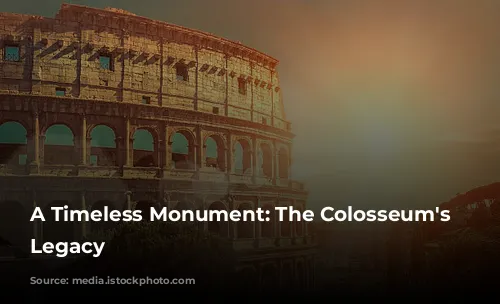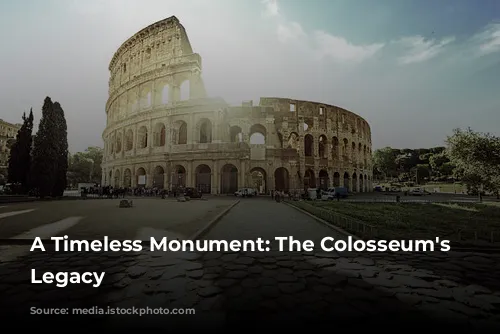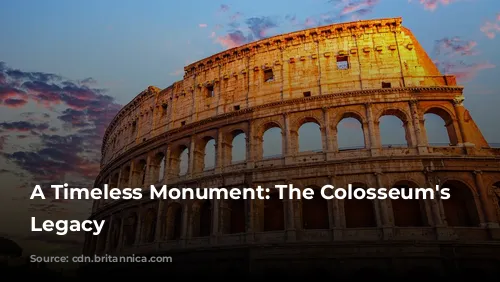The Colosseum, standing as a testament to ancient Rome’s architectural brilliance, is one of the few structures from the Roman Empire that remains mostly intact. Today, this iconic landmark draws throngs of visitors, making it a major revenue generator for the Italian government. In 2018 alone, the Colosseum, Roman Forum, and Palatine Hill combined to generate over $63.3 million (€53.8 million), making it the most popular tourist attraction in Italy.
A Journey Through Time: From Glory to Ruin and Restoration
The Colosseum’s story is one of grandeur, decline, and eventual revival. After the Western Roman Empire’s fall, the mighty amphitheater fell into disrepair. In the 12th century, the Frangipane and Annibaldi families used the arena as their fortress. In the late 15th century, Pope Alexander VI authorized the Colosseum’s use as a quarry. For over a thousand years, neglect reigned supreme. Finally, in the 1990s, state-funded restoration efforts breathed new life into this historical treasure.
A Vision of Power: The Colosseum’s Purpose
The Colosseum was built by Emperor Vespasian as a way to revitalize Rome following the chaotic year of the four emperors in 69 CE. Like other amphitheaters, it was meant to be a spectacle of entertainment, hosting gladiator fights, animal hunts, and even mock naval battles. The Colosseum was designed to entertain the masses, showcasing the might and power of the Roman Empire.
A Monument to Imperial Ambition: Construction and Funding
The construction of the Colosseum began under the reign of Emperor Vespasian between 70 and 72 CE. Its completion and dedication in 80 CE were overseen by Titus, Vespasian’s son and successor. The Colosseum’s fourth story was added by Emperor Domitian in 82 CE. The funding for this colossal project came from the spoils of war, specifically from the sack of Jerusalem in 70 CE by Titus. The labor force, tragically, was comprised of enslaved Jews from Judaea.
A Giant of Architecture: The Colosseum’s Design and Structure
The Colosseum, also known as the Flavian Amphitheatre, is an elliptical structure constructed of stone, concrete, and tuff. It rises to a height of four stories, measuring a staggering 620 by 513 feet (189 by 156 meters) and accommodating up to 50,000 spectators. The Colosseum’s defining feature was its use for gladiatorial combat, a spectacle that captivated the Roman world.
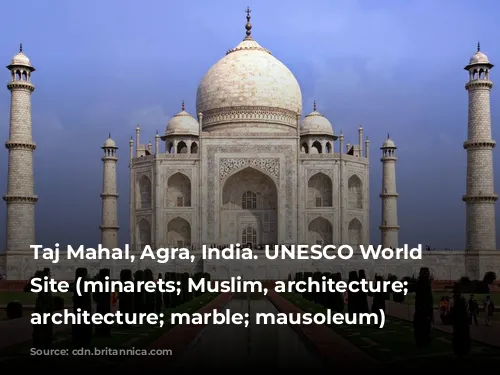
A Symbol of Power and Entertainment: The Colosseum’s Origins
The Colosseum’s location, east of the Palatine Hill on the grounds of Nero’s Golden House, was symbolic. The artificial lake, the centerpiece of Nero’s extravagant palace, was drained to make way for the Colosseum. This was a clear statement from Vespasian, a ruler who rose from humble beginnings, replacing a tyrannical emperor’s private lake with a public amphitheater for the people.
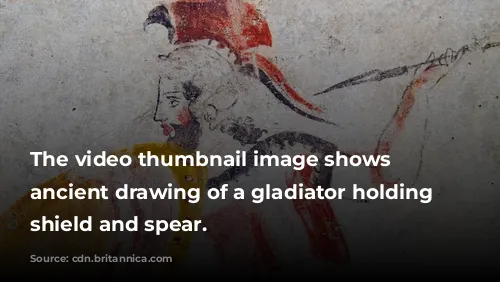
Engineering Marvel: Construction Techniques and Design Elements
The Colosseum, unlike earlier amphitheaters built into hillsides, is a freestanding structure, a testament to Roman engineering prowess. Its construction involved a complex system of barrel vaults and groin vaults, utilizing materials like travertine, volcanic tufa, and concrete. The Colosseum’s three stories feature arcades framed by engaged columns in the Doric, Ionic, and Corinthian orders. This innovative arrangement influenced Renaissance architecture, becoming known as the assemblage of orders.
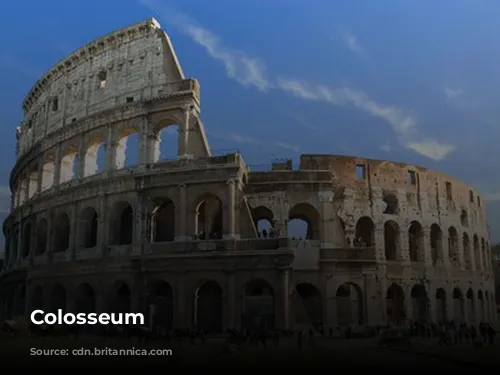
The Spectacle of the Colosseum: Entertainment and Innovation
The Colosseum could accommodate a massive audience of 50,000 spectators, shielded from the sun by a retractable awning known as a velarium. This impressive feat of engineering involved supporting masts extending from the Colosseum’s top story, requiring hundreds of Roman sailors to operate the rigging that extended and retracted the awning. The Colosseum witnessed countless gladiator fights, animal hunts, and even mock naval battles.
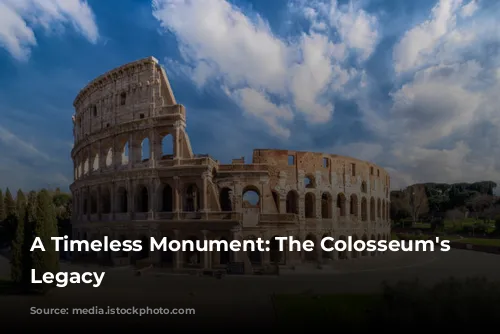
Through the Ages: The Colosseum’s Legacy and Transformation
Throughout the Middle Ages, the Colosseum underwent several transformations. It served as a church and later as a fortress for prominent Roman families, the Frangipane and the Annibaldi. Over time, the Colosseum suffered damage from natural disasters, vandalism, and pollution. The marble seats and decorative materials were stripped away, leaving the Colosseum in a state of disrepair for over 1,000 years. In the 19th century, preservation efforts began in earnest, led by Pius VIII, with major restoration projects undertaken in the 1990s.
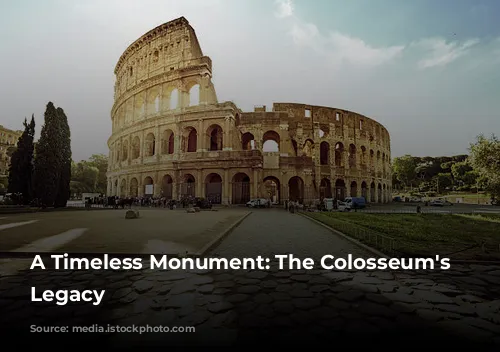
An Enduring Symbol: The Colosseum’s Continued Significance
Today, the Colosseum stands as one of Rome’s most popular tourist attractions, drawing nearly seven million visitors each year. Changing exhibitions highlighting the culture of ancient Rome are regularly held, ensuring the Colosseum’s continued relevance as a vibrant cultural center. From its grand beginnings as a symbol of imperial power to its enduring legacy as a testament to Roman engineering and architectural genius, the Colosseum remains a powerful reminder of Rome’s historical splendor.
